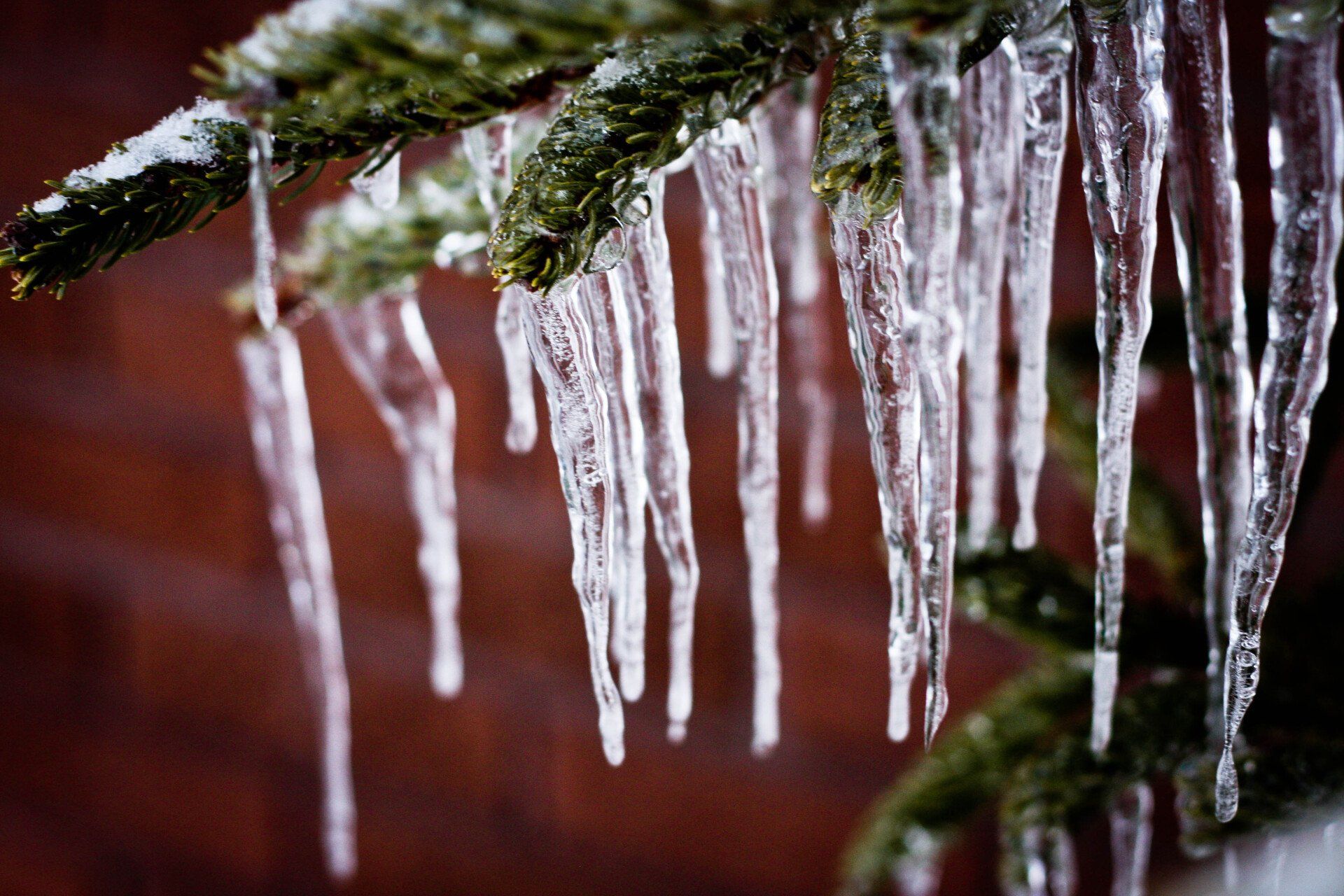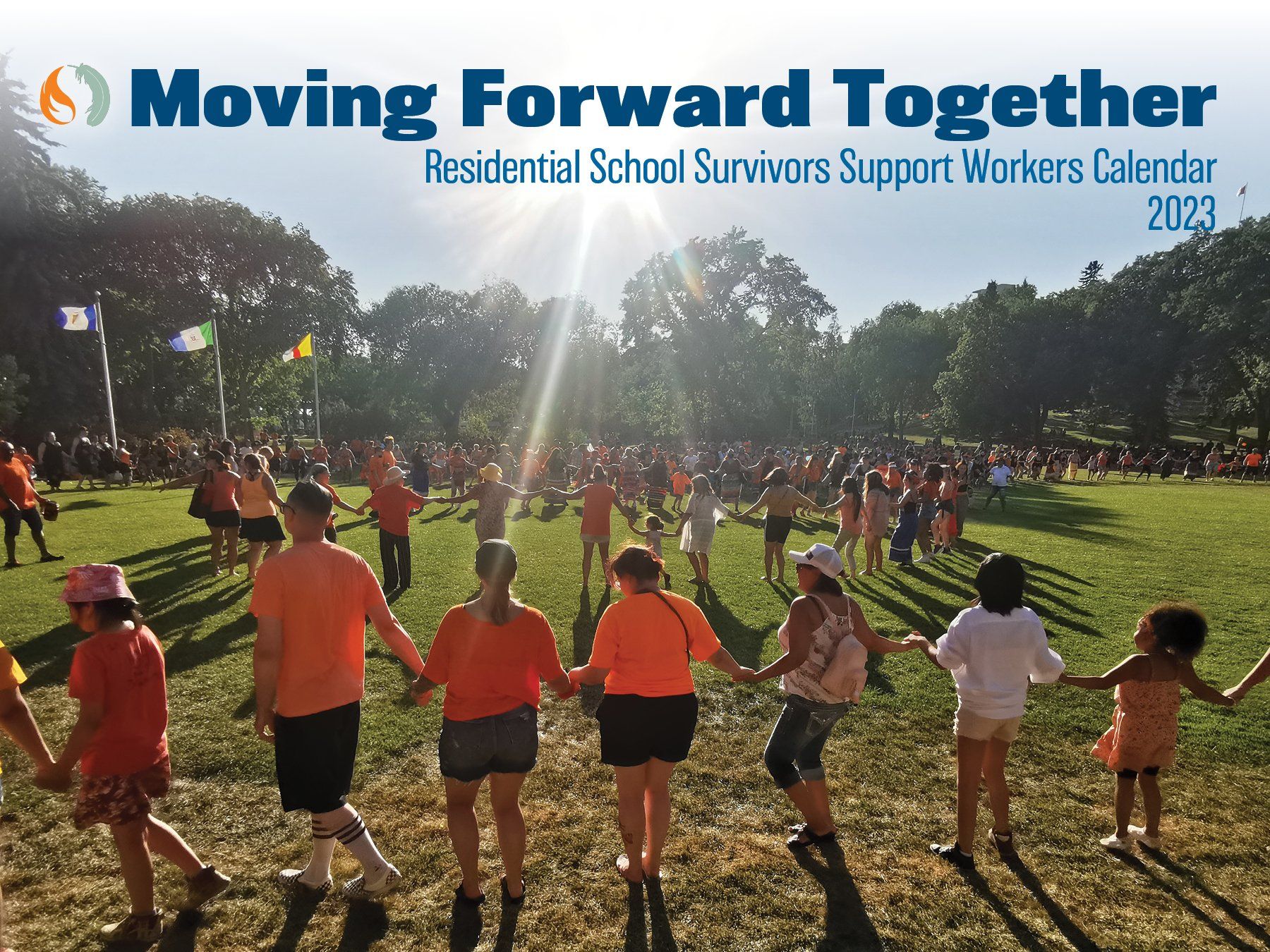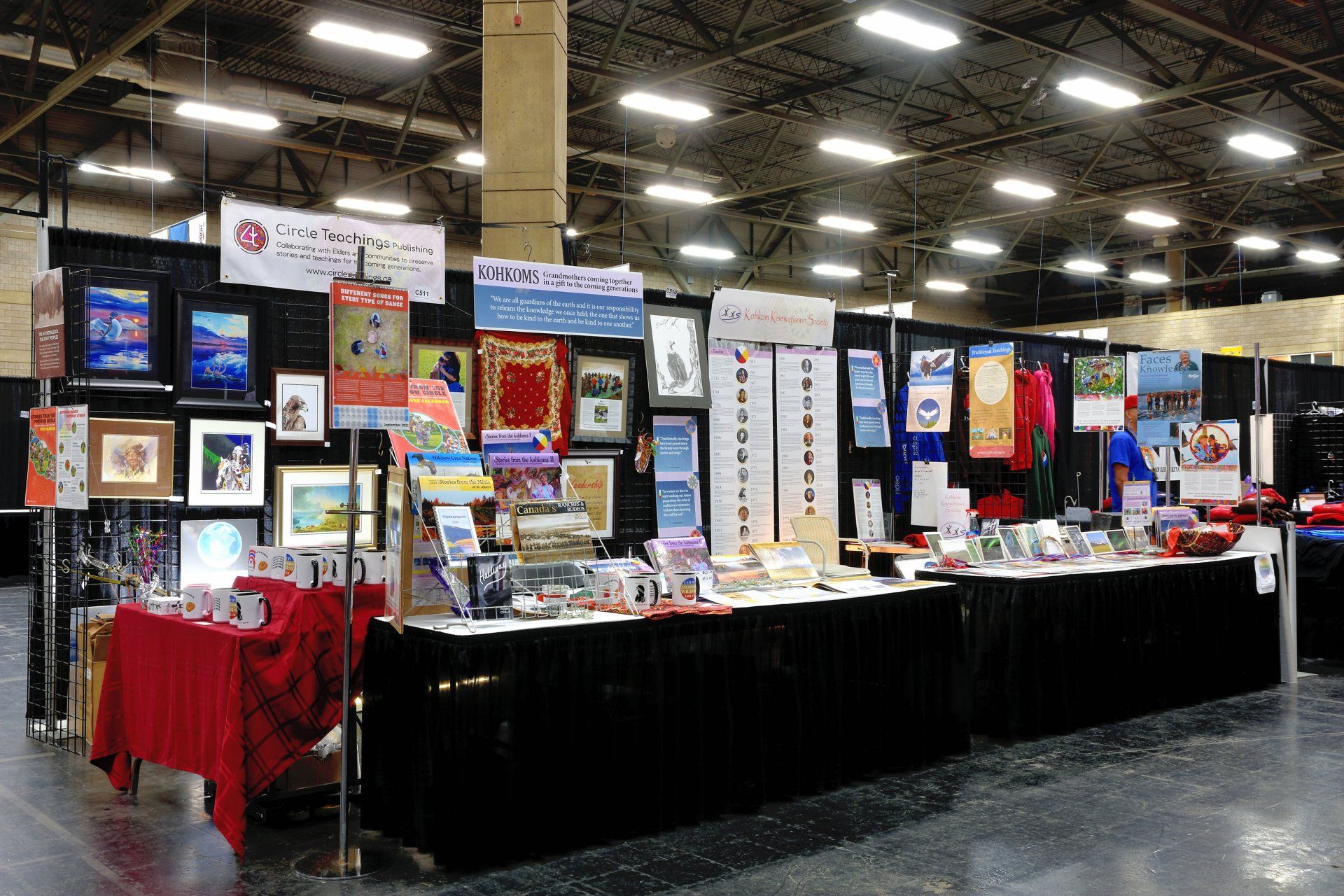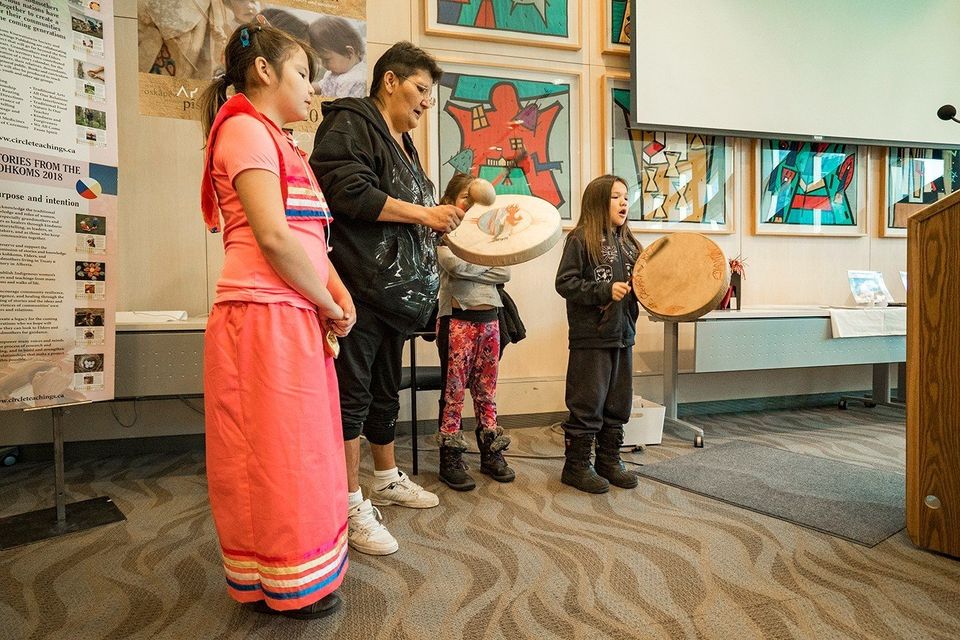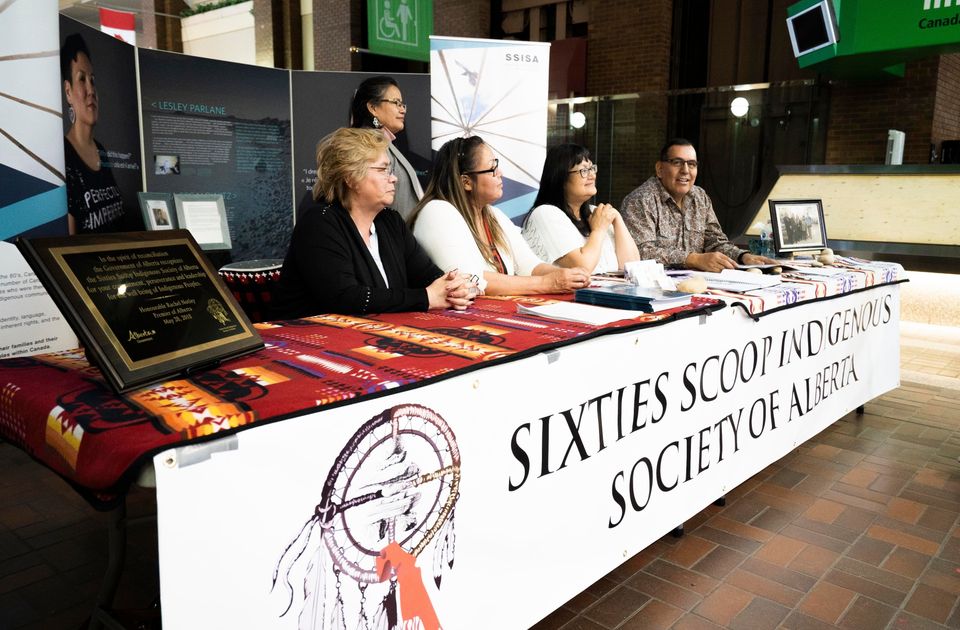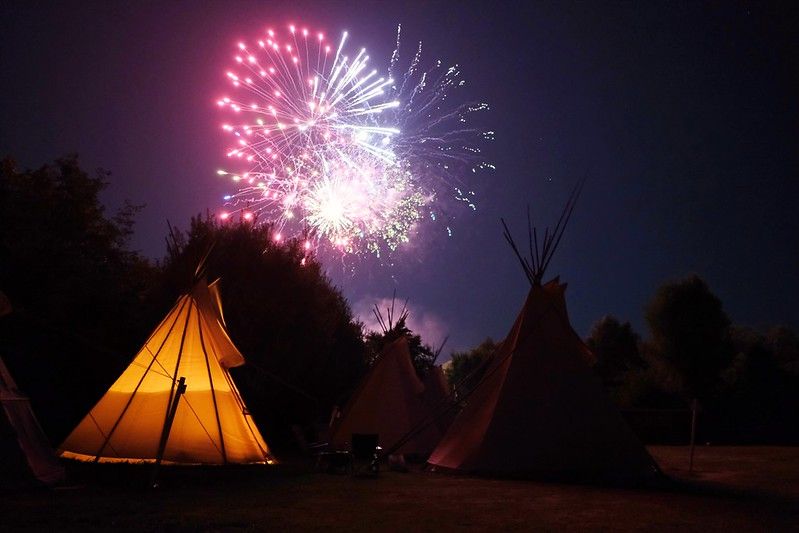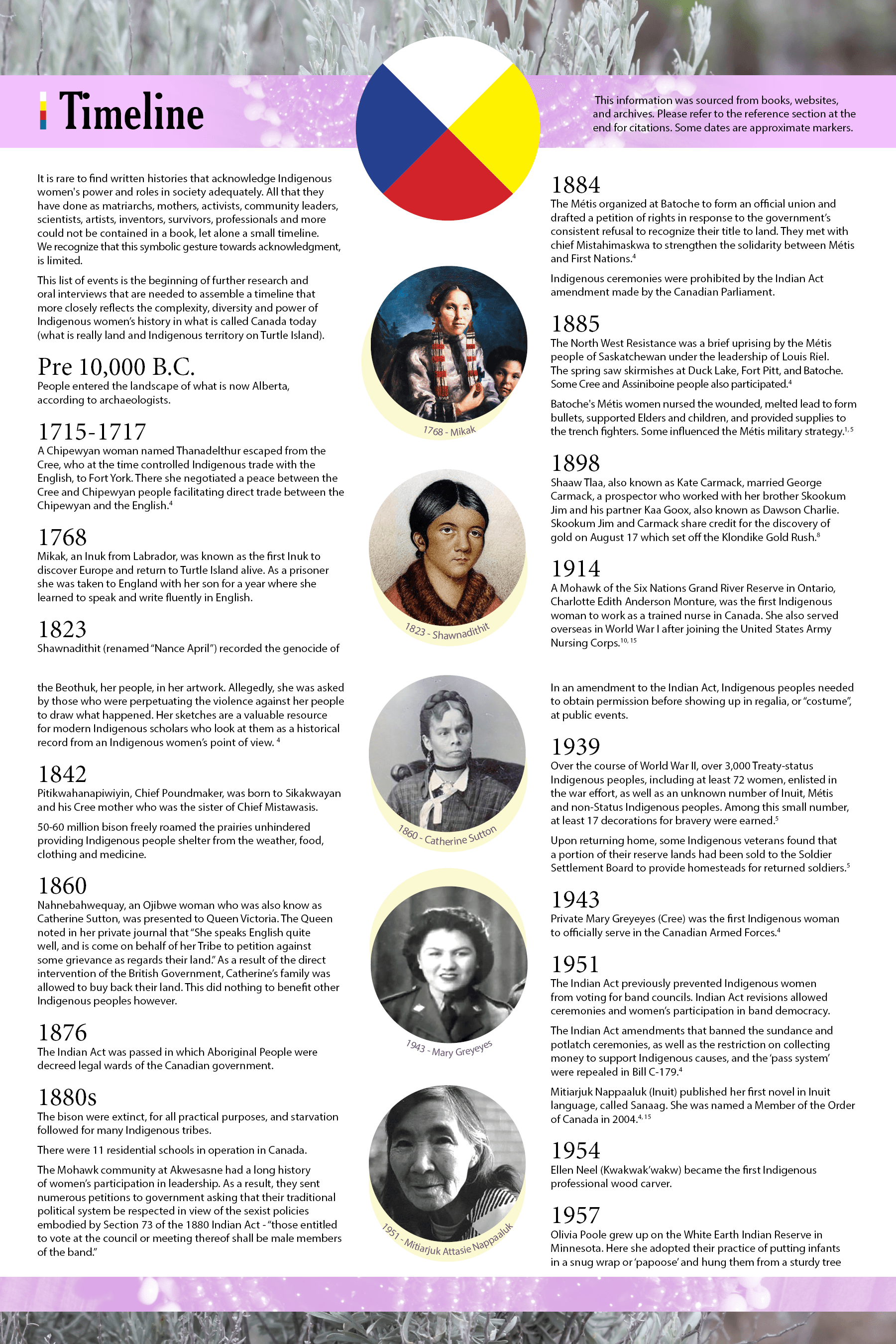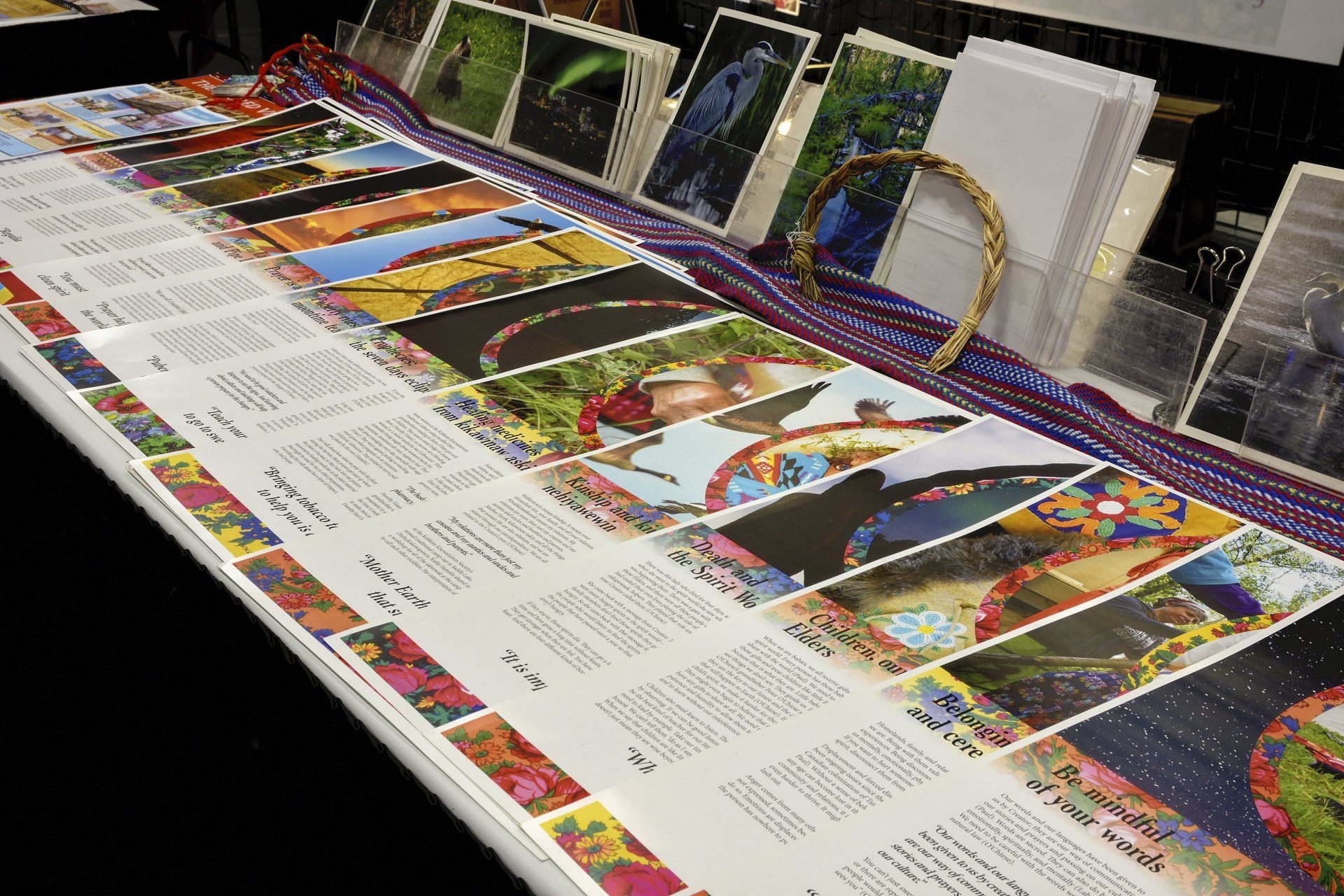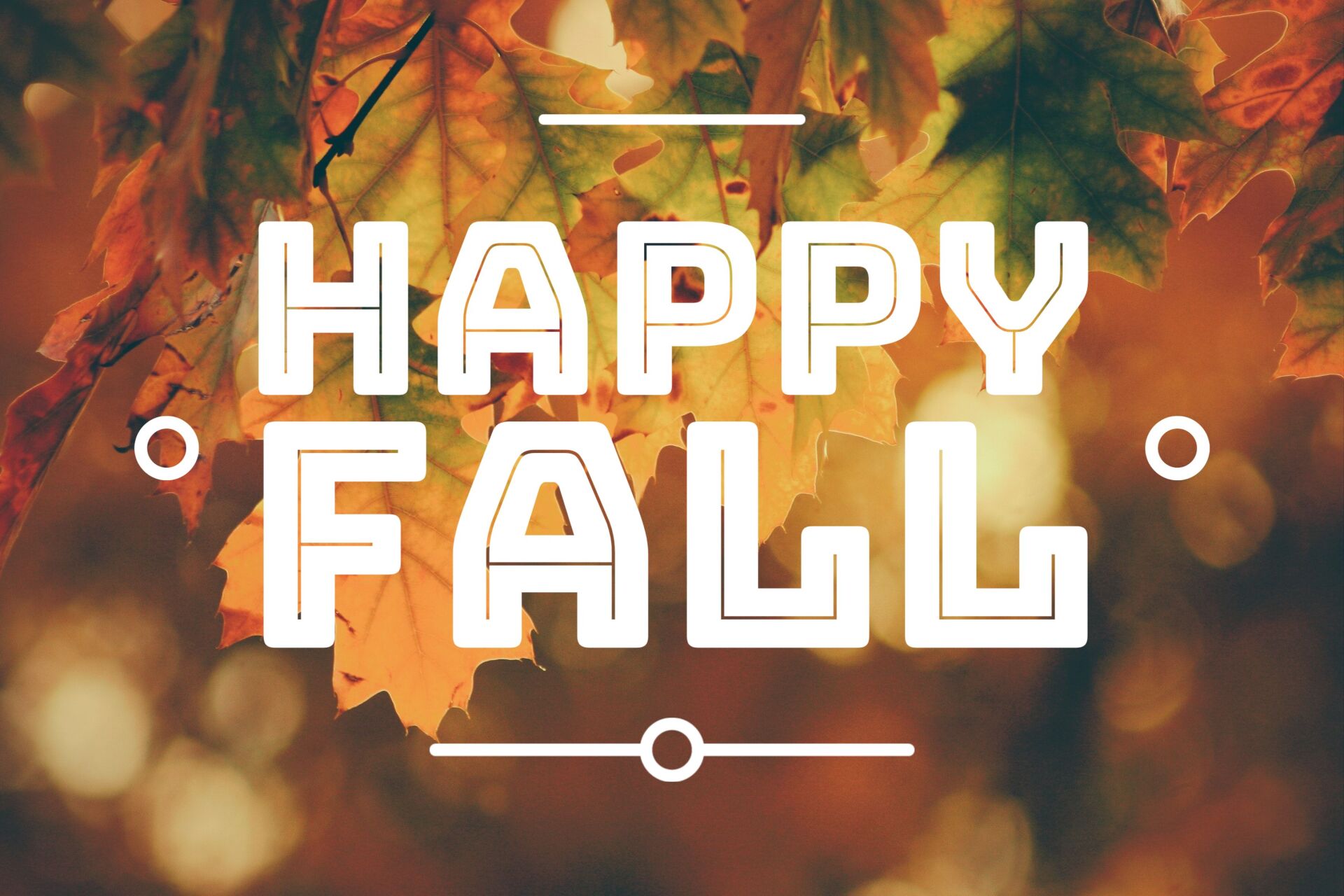Reconciliation in Education
Our response to the need for respectful and appropriate educational resources, guided by Elders and Indigenous grandparents
All teachers in Alberta are now mandated to respectfully include First Nations, Métis, and Inuit perspectives and experiences in curriculum, including content focused on residential schools and treaties. Not all teachers are prepared for this, or feel they have the proper resources to do so.
Education should have always been fair, respectful, safe, and inclusive, but it has not been.
Teachers and Indigenous activists, scholars, thought leaders, and Elders are working hard to make Canadian education better. Teachers need resources, and they need them now.
We are doing our best to support the process and be a bridge between Elders and educators, and ultimately, the coming generations. This is about education that strengthens relationship and builds on a past that we should all be aware of so that history does not repeat itself.
Building relationships takes time. Teachers ask us if it would be appropriate to have an Elder come to their classroom. How they can get an Elder to come to their classroom when they don’t know who to approach, or what they can do if it isn’t possible for whatever reason?
We have been working to connect teachers with Elders that can address their questions, and provide Alberta teachers with content directly from Elders from Treaty 6, 7, and 8, and the Kohkoms of the Kohkom Kisewatisiwin Society. Our teaching calendars, videos, and lesson plans
will help fulfill some of the need.
We are also working with Residential Health Support Workers on a residential school teaching calendar. This includes a timeline composed of points (in the public domain) from the Truth and Reconciliation Commission’s reports, so that they are in an accessible format.
When this is complete, we will be sending a pdf version of the residential school timeline in our newsletter as a printable resource.
Sixties Scoop Indigenous Society of Alberta and Bi-Giwin
Survivors with the Sixties Scoop Indigenous Society of Alberta (SSISA) were present in Canada Place earlier this month at their powerful National Exhibit. When the exhibit tours, Survivors tour with it and interact with folks who come by to learn about the Sixties Scoop. It gives the public important opportunities to learn from Survivors' stories, and it also gives local Survivors a chance to connect with people who share similar experiences. Belonging is incredibly important for Survivors, many of whom have not felt a sense of belonging for most of their life because of the system.
One of the kohkoms we work with, Kathy Hamelin, who contributed as an oral storyteller to our Stories from the Kohkoms II calendar, is a Survivor on the board of SSISA who travels with the exhibit. She walked us around the exhibit and shared stories with us. It was a moving experience.
For those who have never heard of the Sixties Scoop, it is as important to understand as residential school history. When residential schools began to close in the 60s up until the late 90s, the Canadian Government used child welfare services as another institutional method of assimilation. They legally kidnapped Indigenous children who were displaced from home communities and trafficked, adopted out, or placed into foster homes. Many Survivors deal with obstacles to wellness that stem from trauma; many have ended up on the street or incarcerated.
This is an ongoing issue and currently we live in the time of the Millennium Scoop.
The Sixties Scoop and Millennium Scoop are part of the legacy of residential schools and strategies of assimilation. The excuse for apprehensions has often been that parents and extended family are not fit to care for their children in their home communities. Many of those parents are descendants of residential school Survivors or Survivors themselves. A lot of them are dealing with their own healing journey from residential school, but historically, Indigenous parents have also been deemed unfit by the Canadian Government for simply being Indigenous, or traditional. Unfortunately the placements for children who are apprehended are too often not culturally appropriate, and can even be abusive. Some say that this is a part of an ongoing strategy to erase Indigeneity (CBC, 2018).
April News
|
|
|
|
Thanks for reading our newsletter this month. We hope to see you at our open house!
